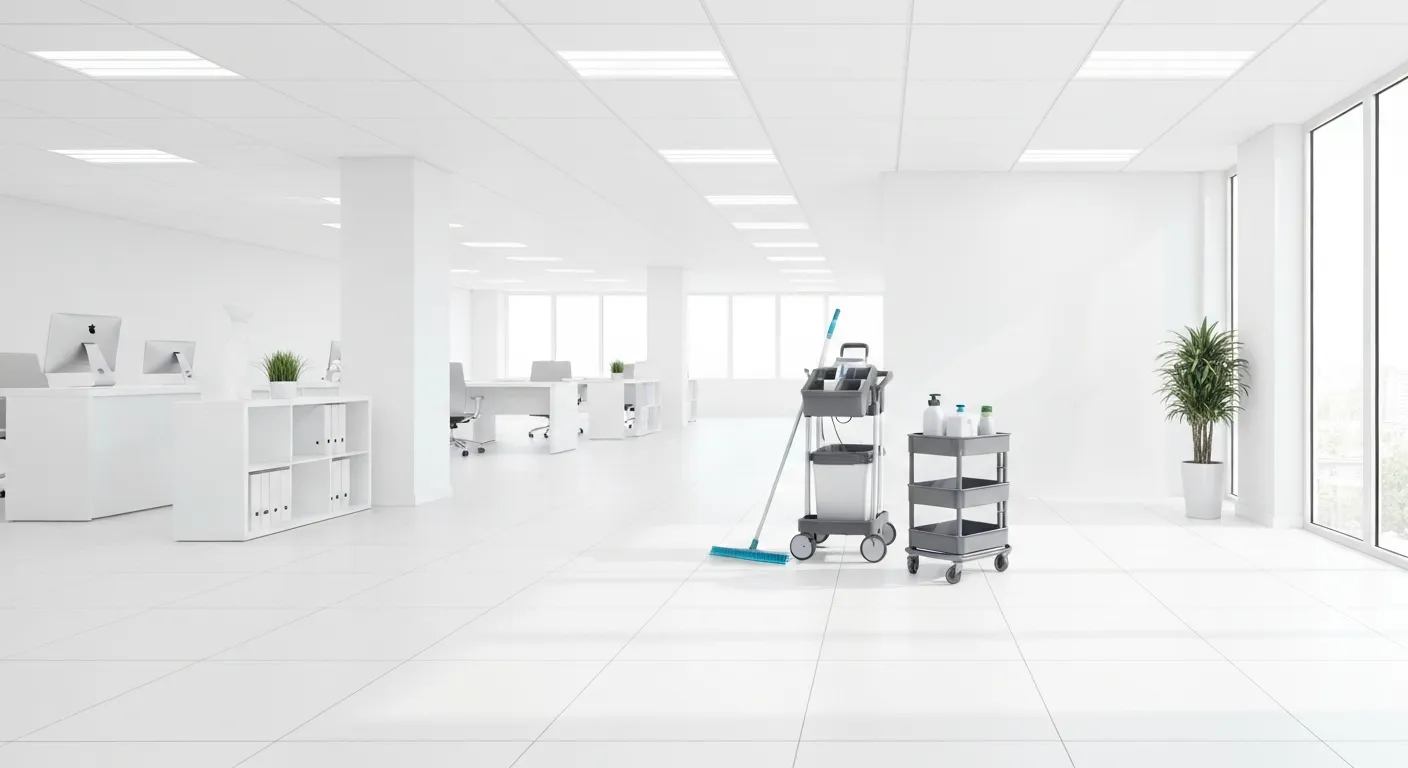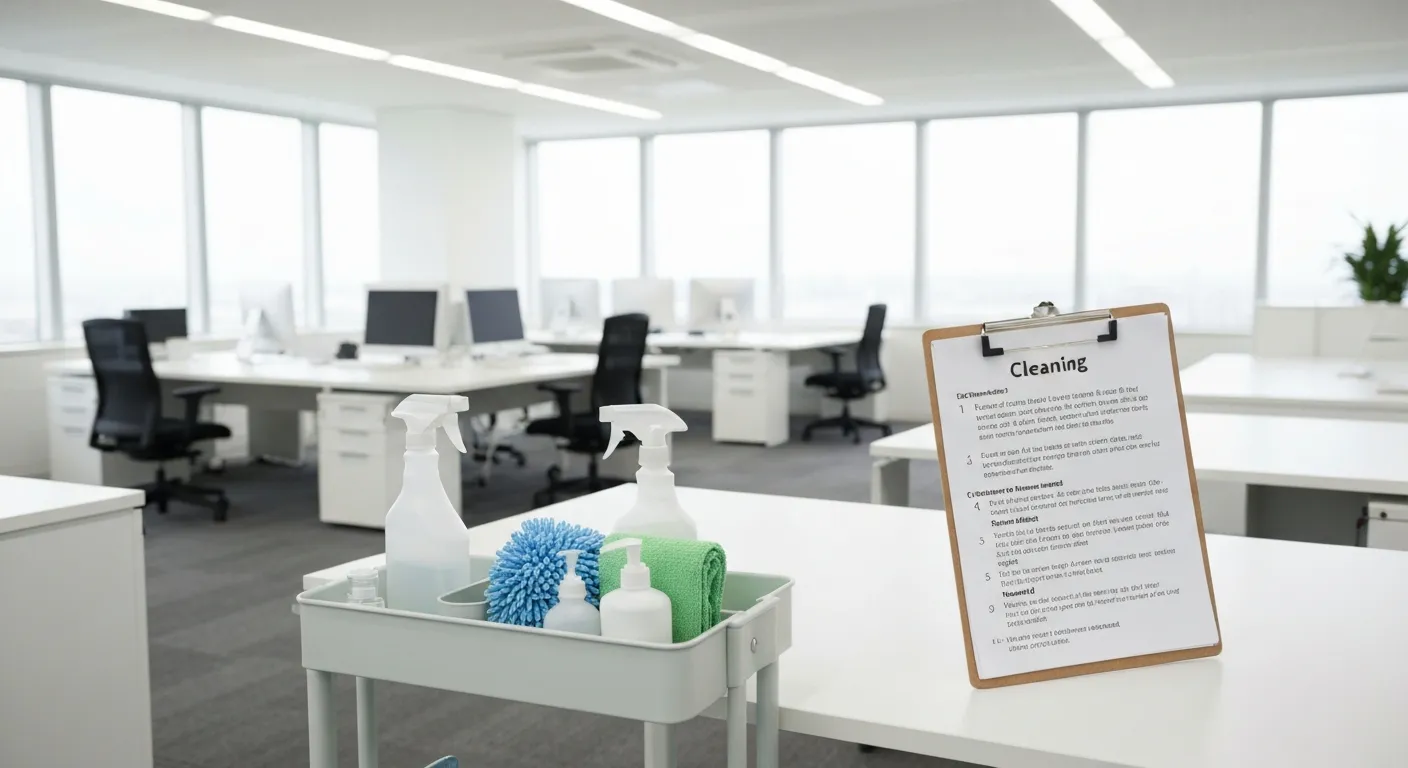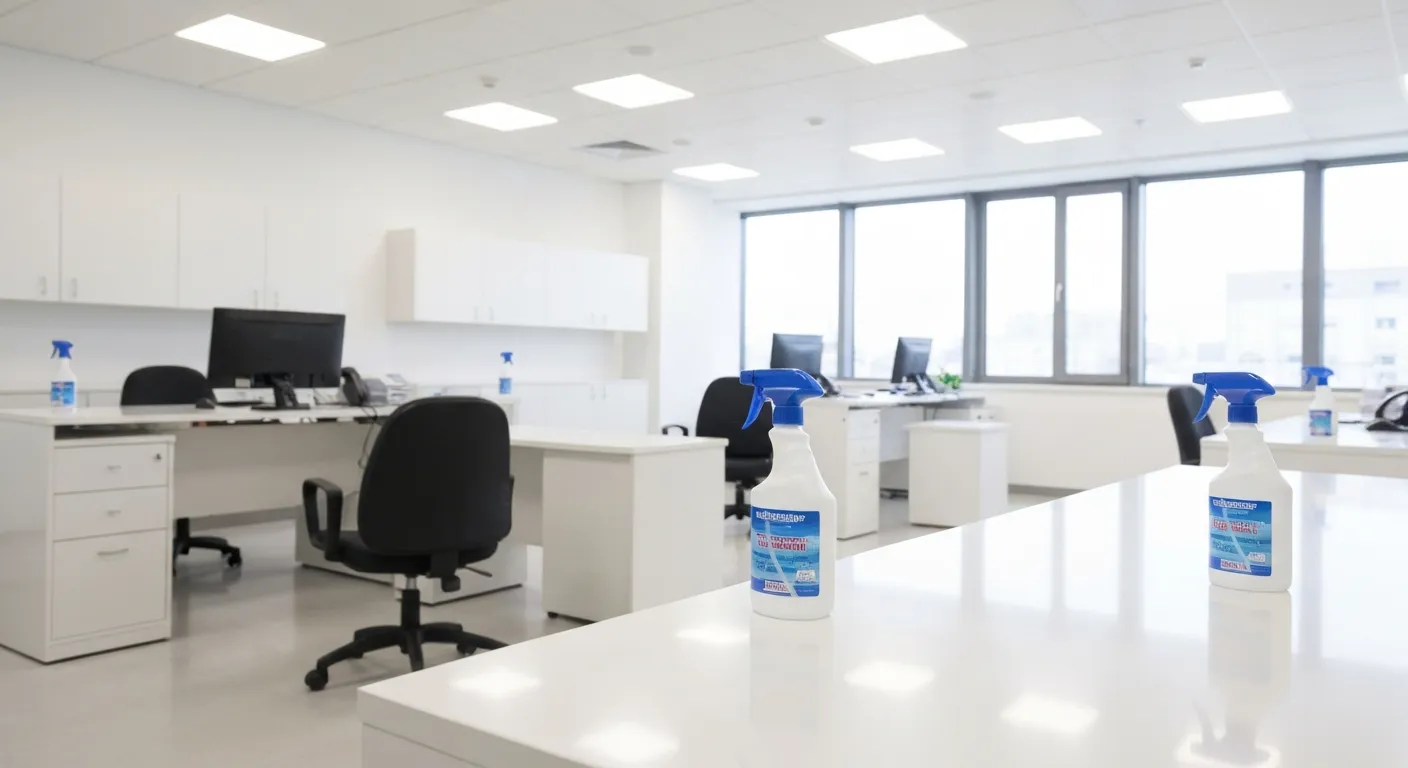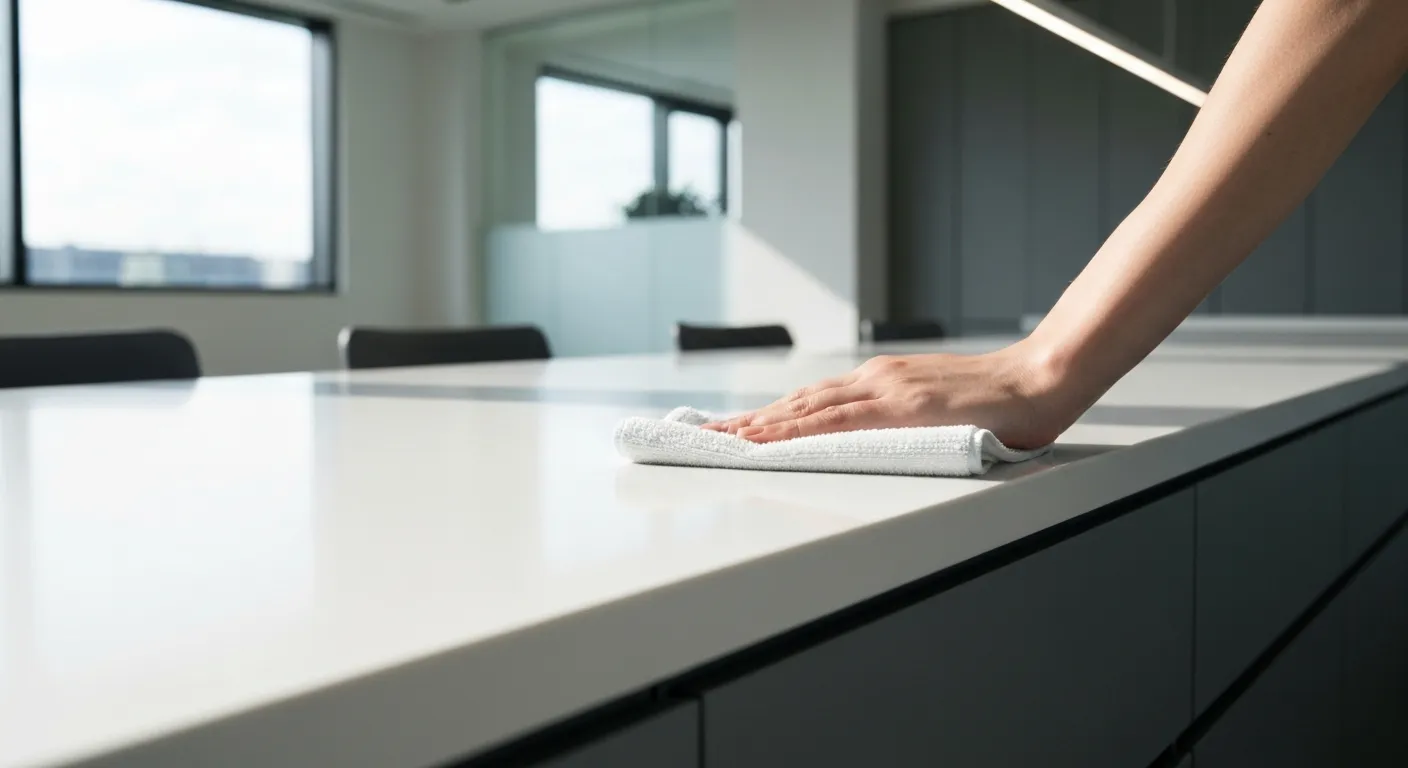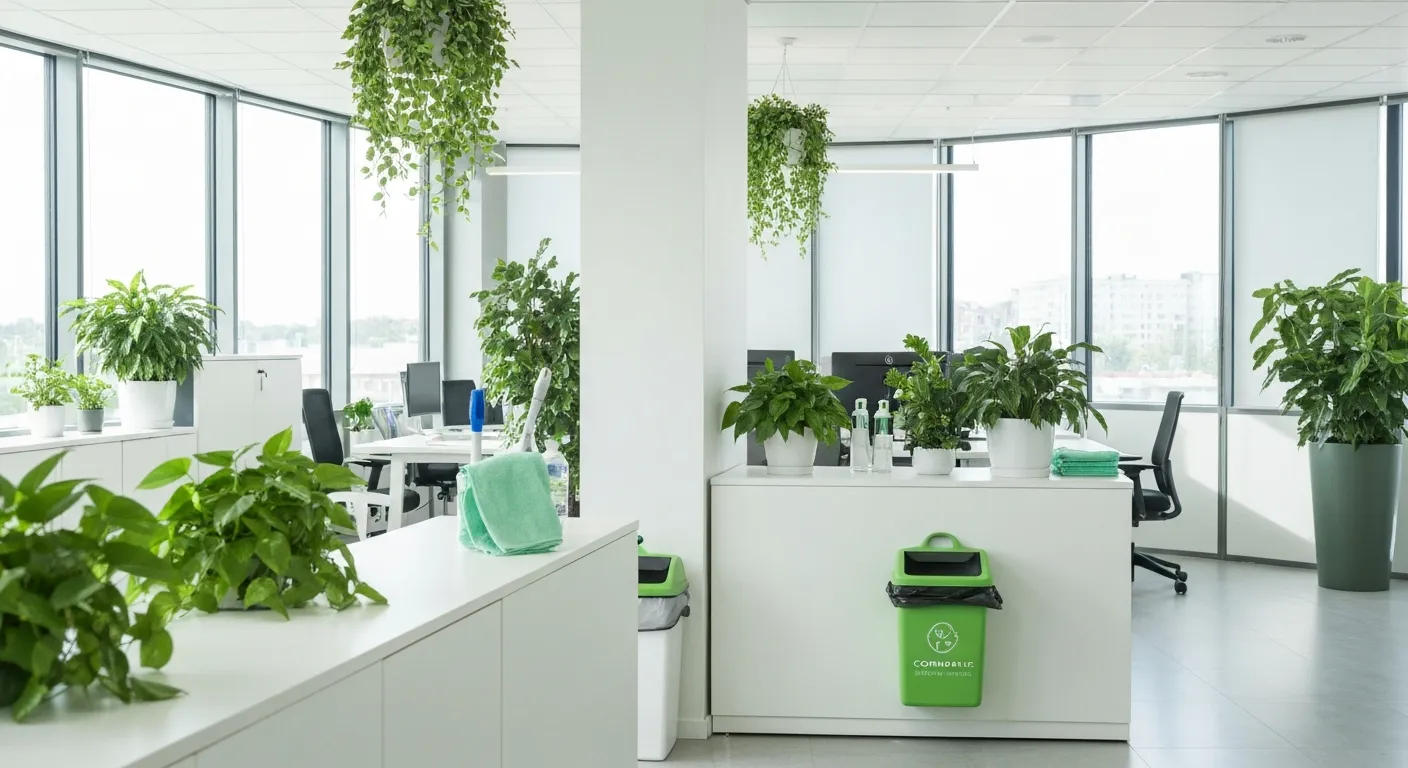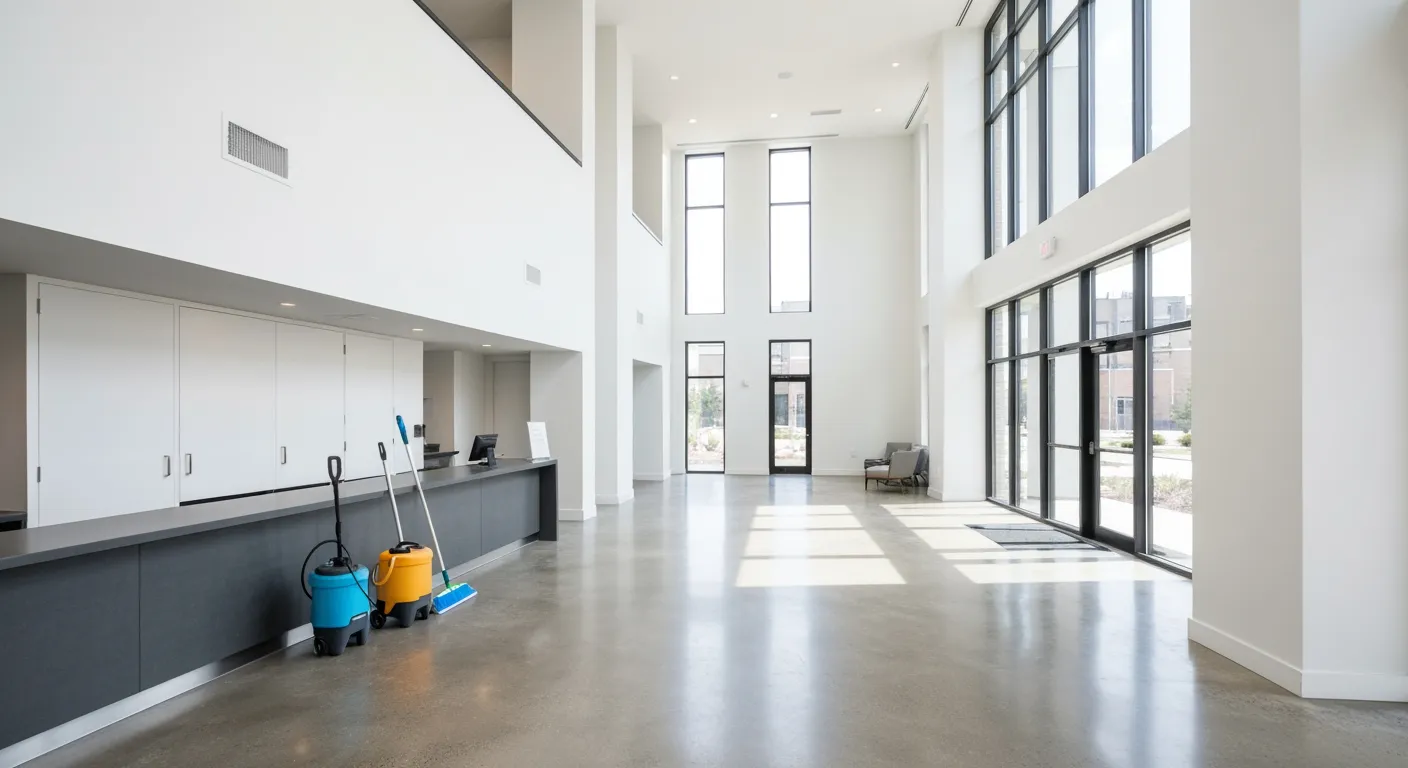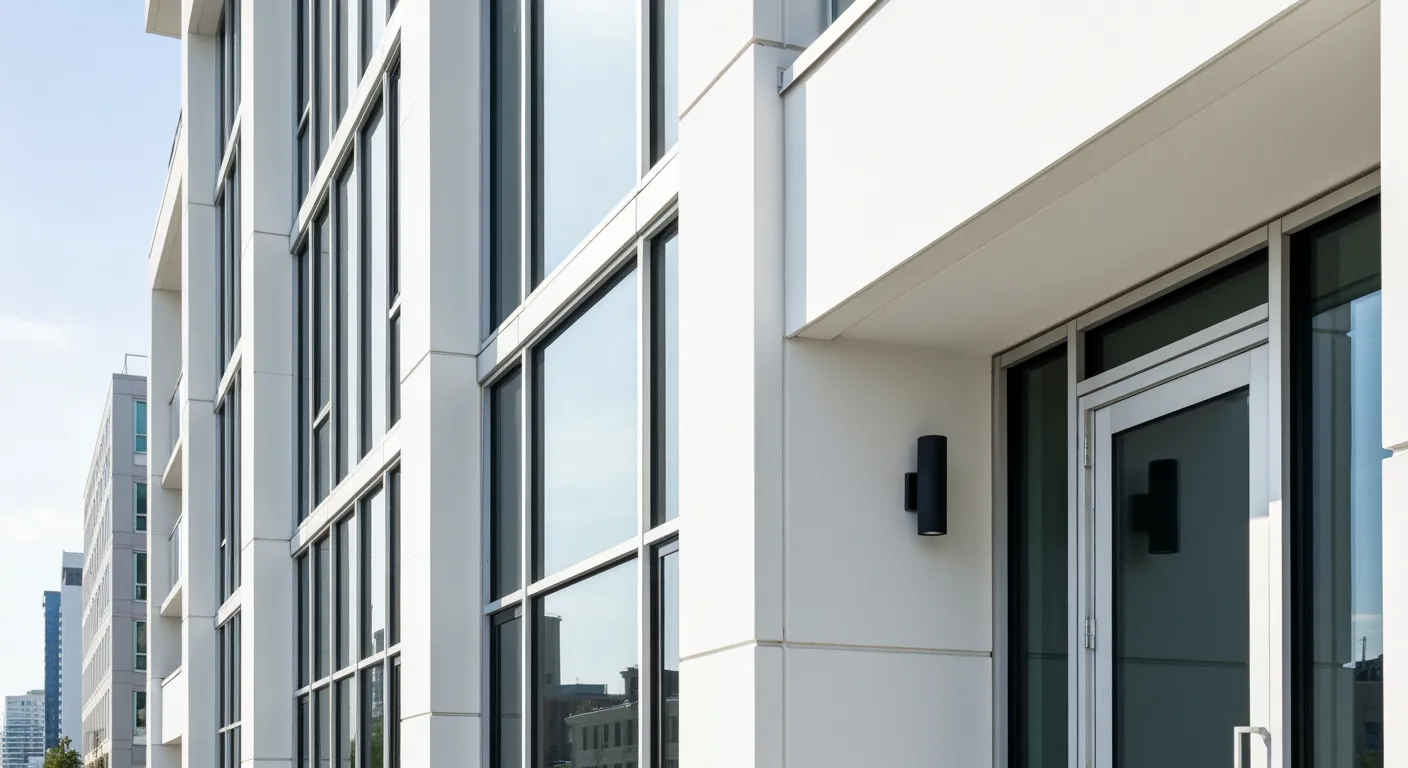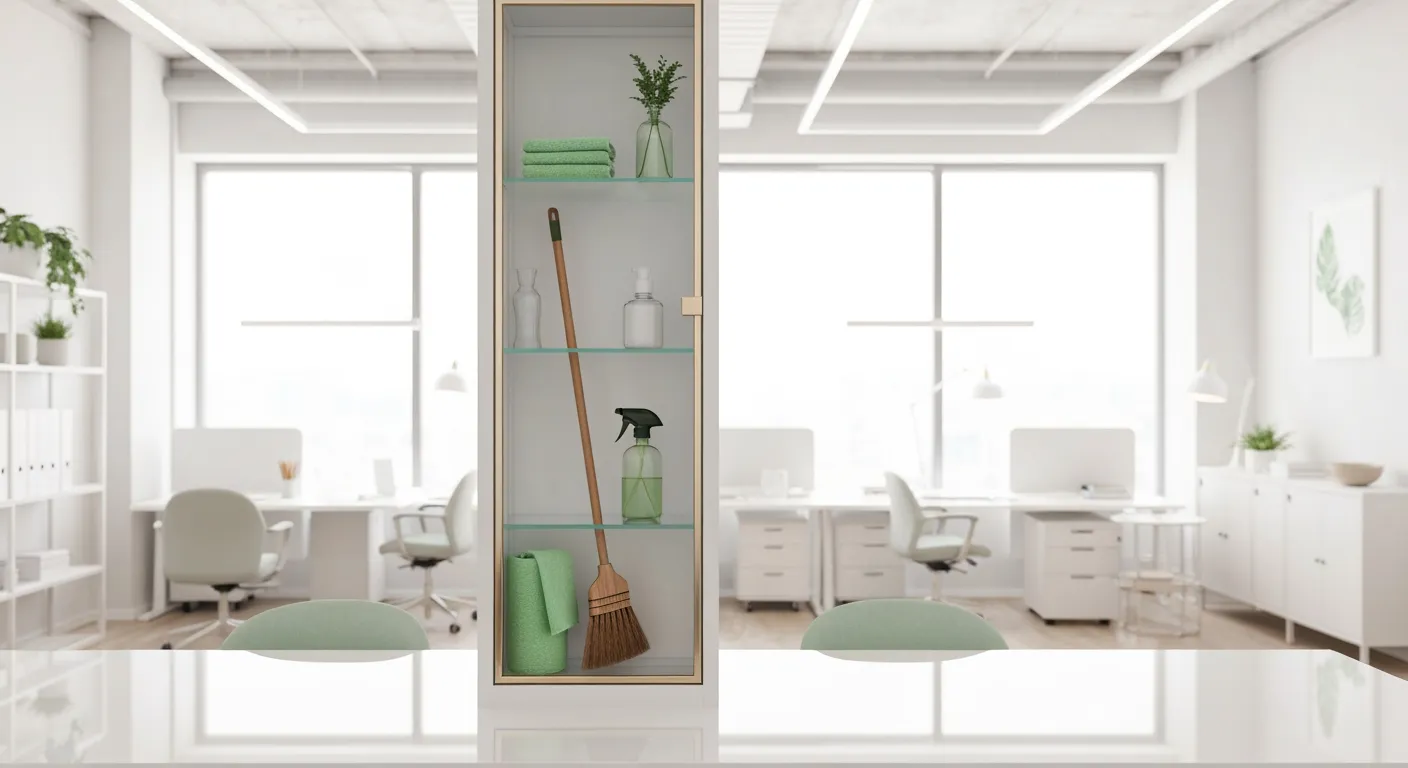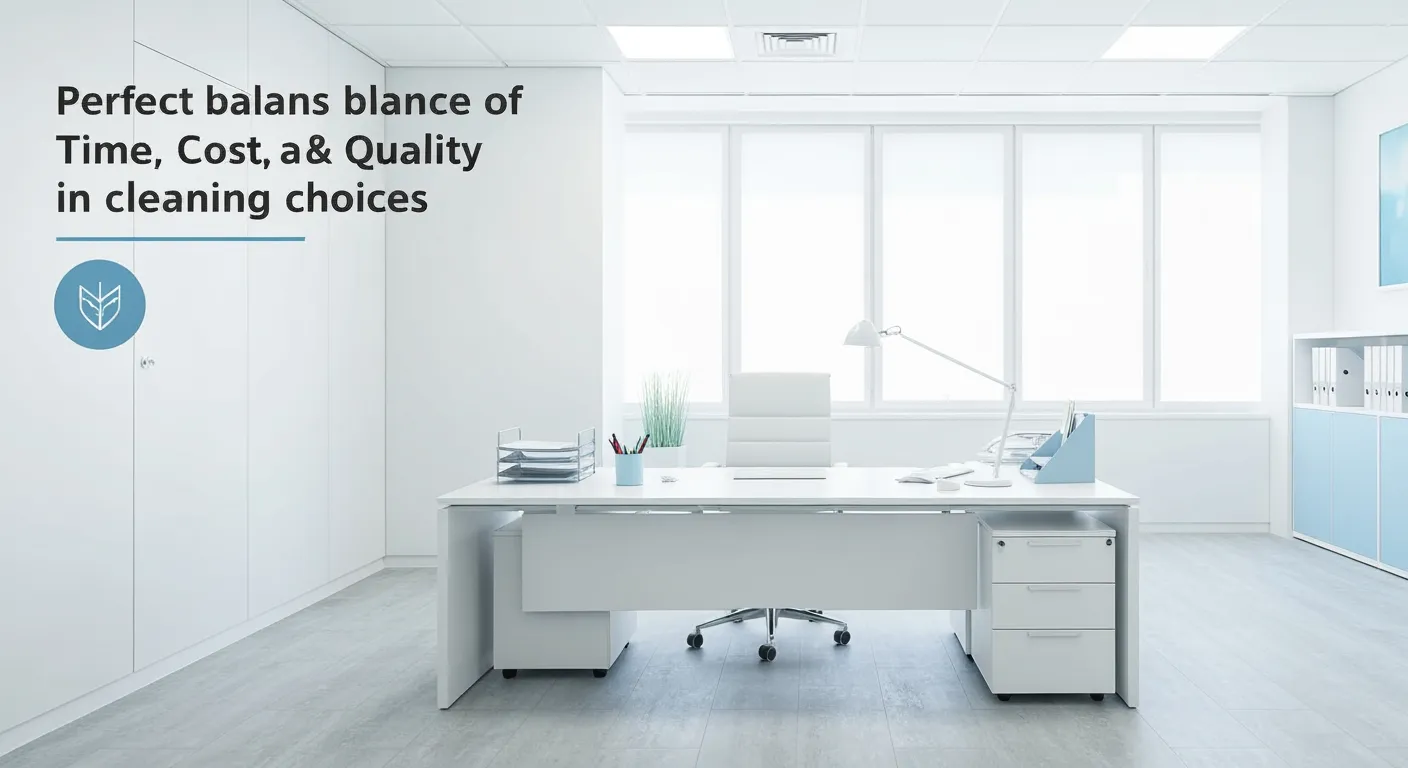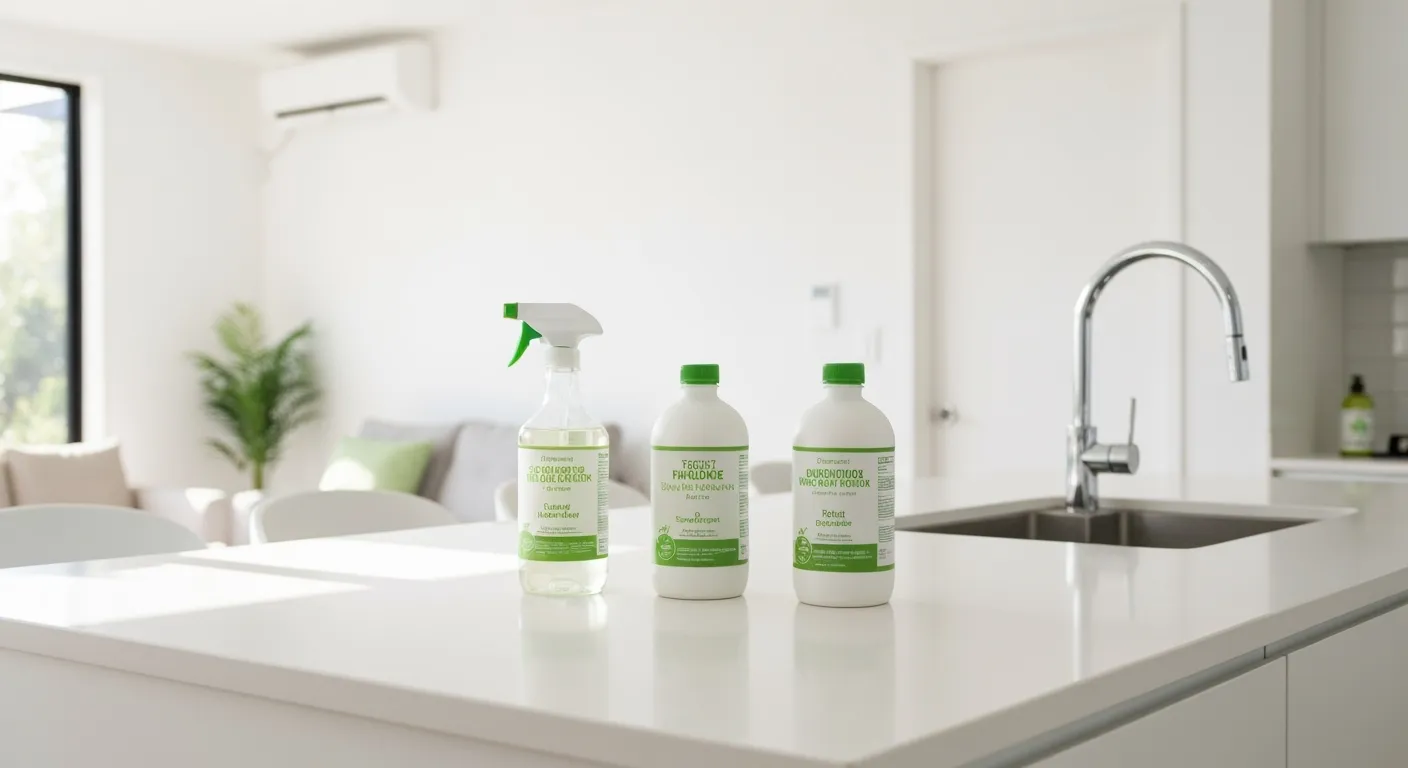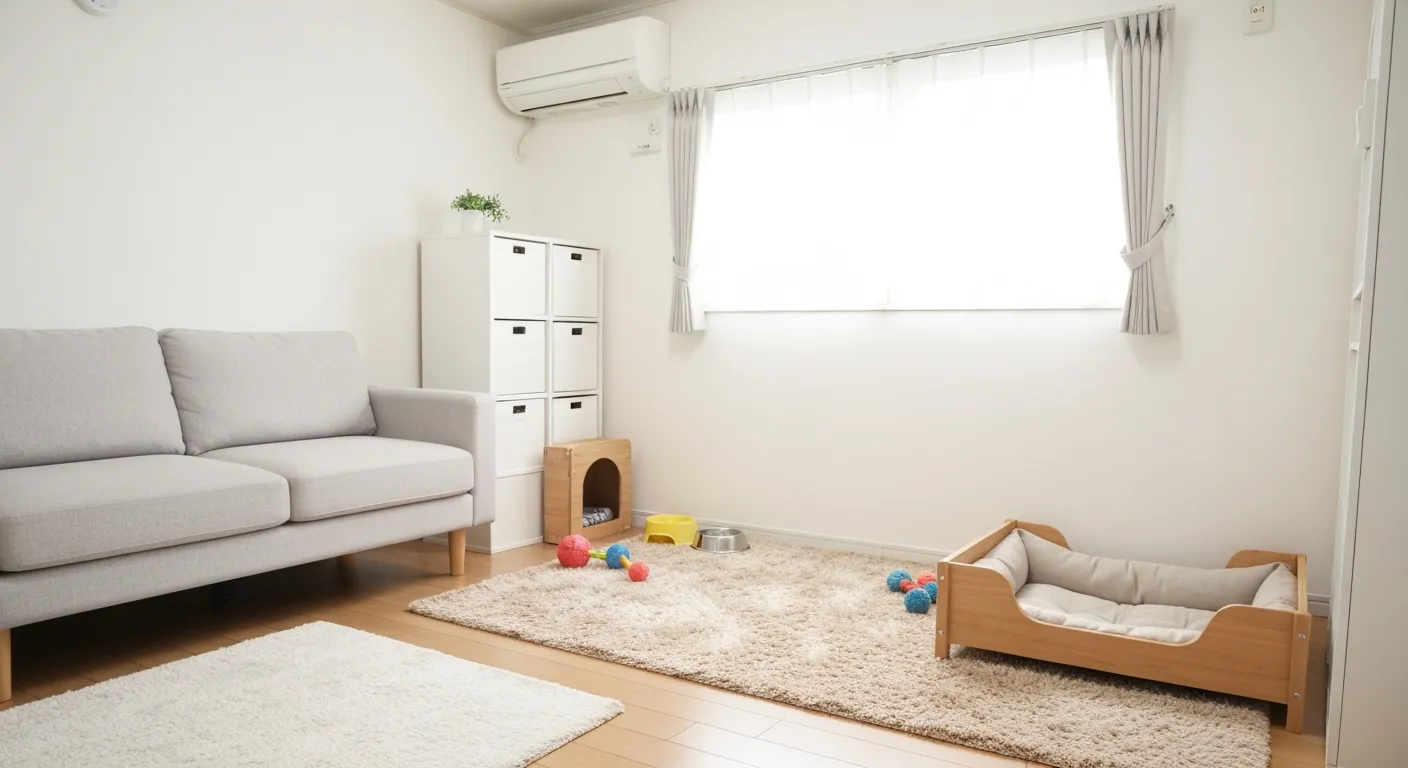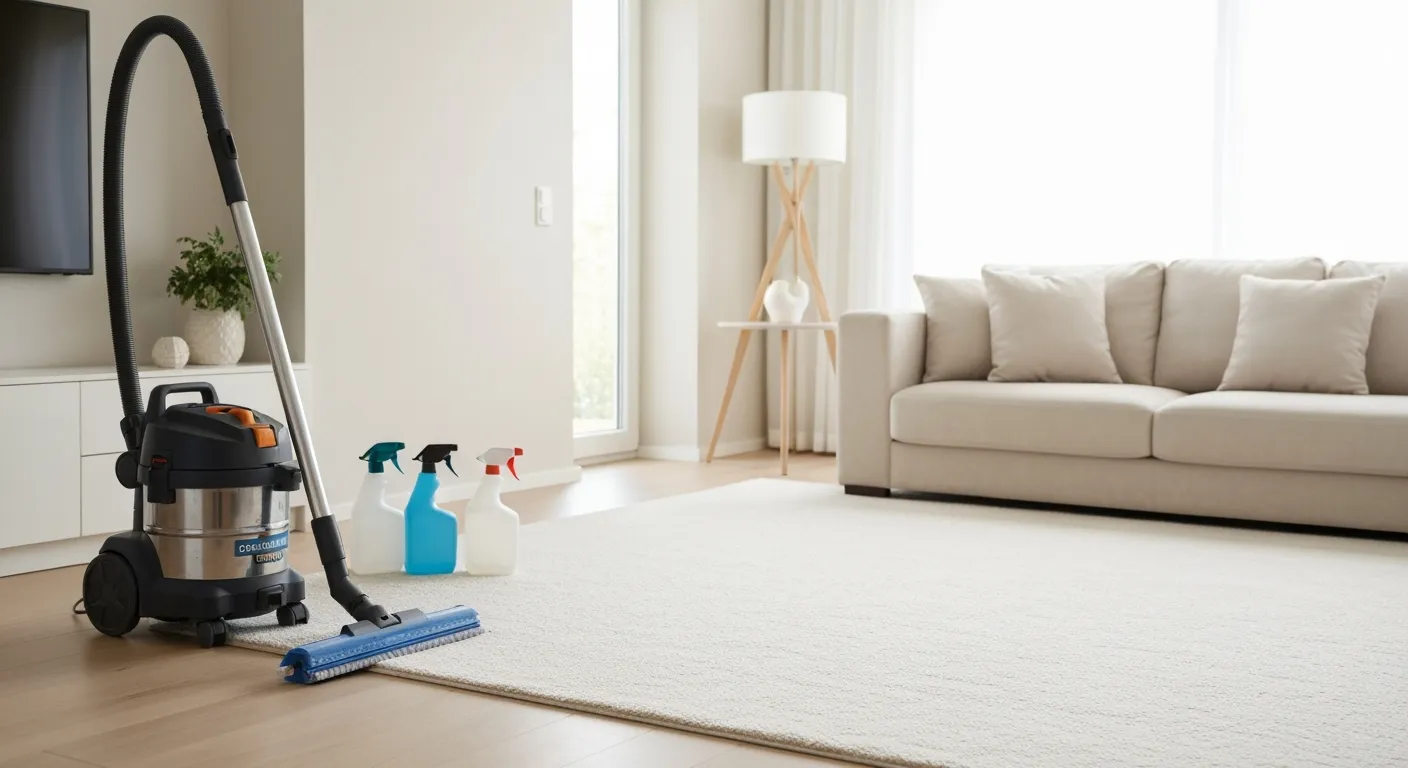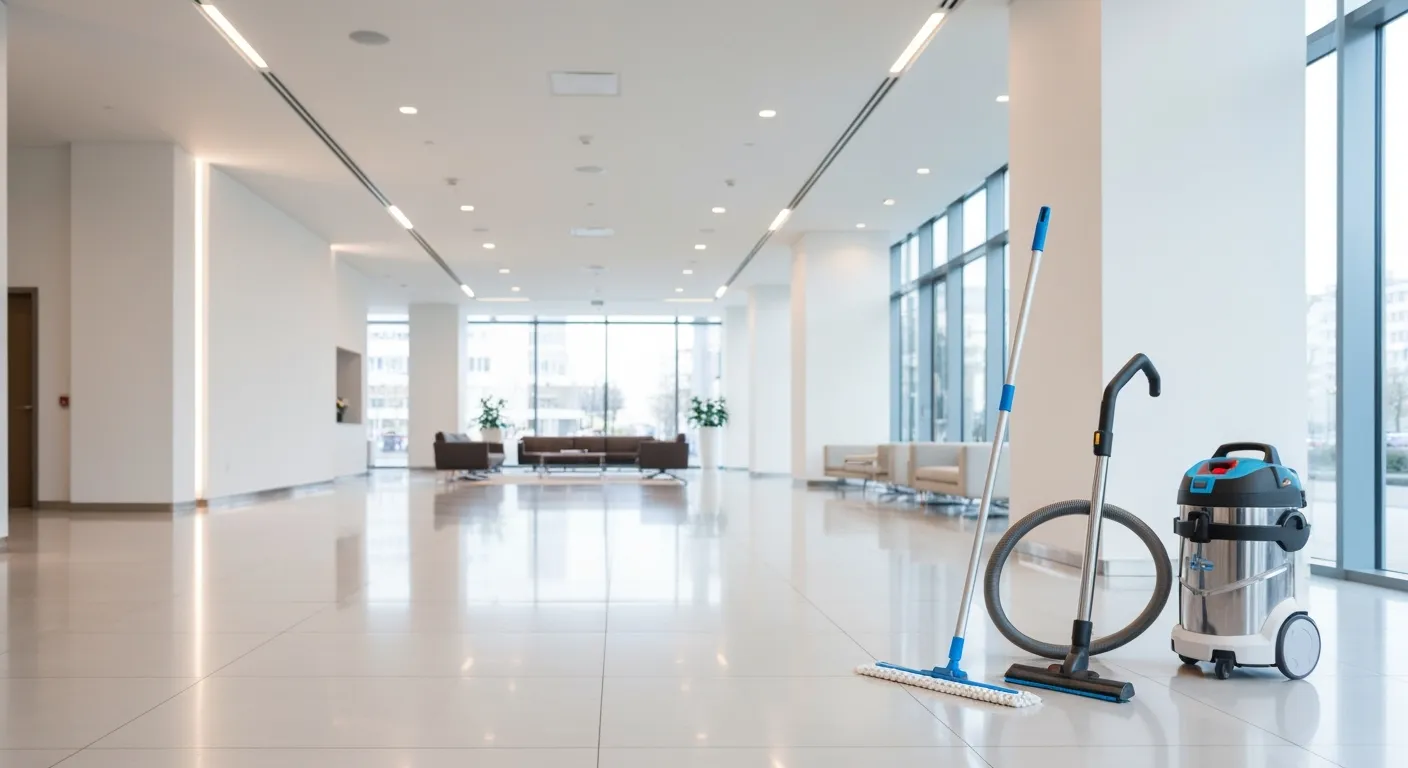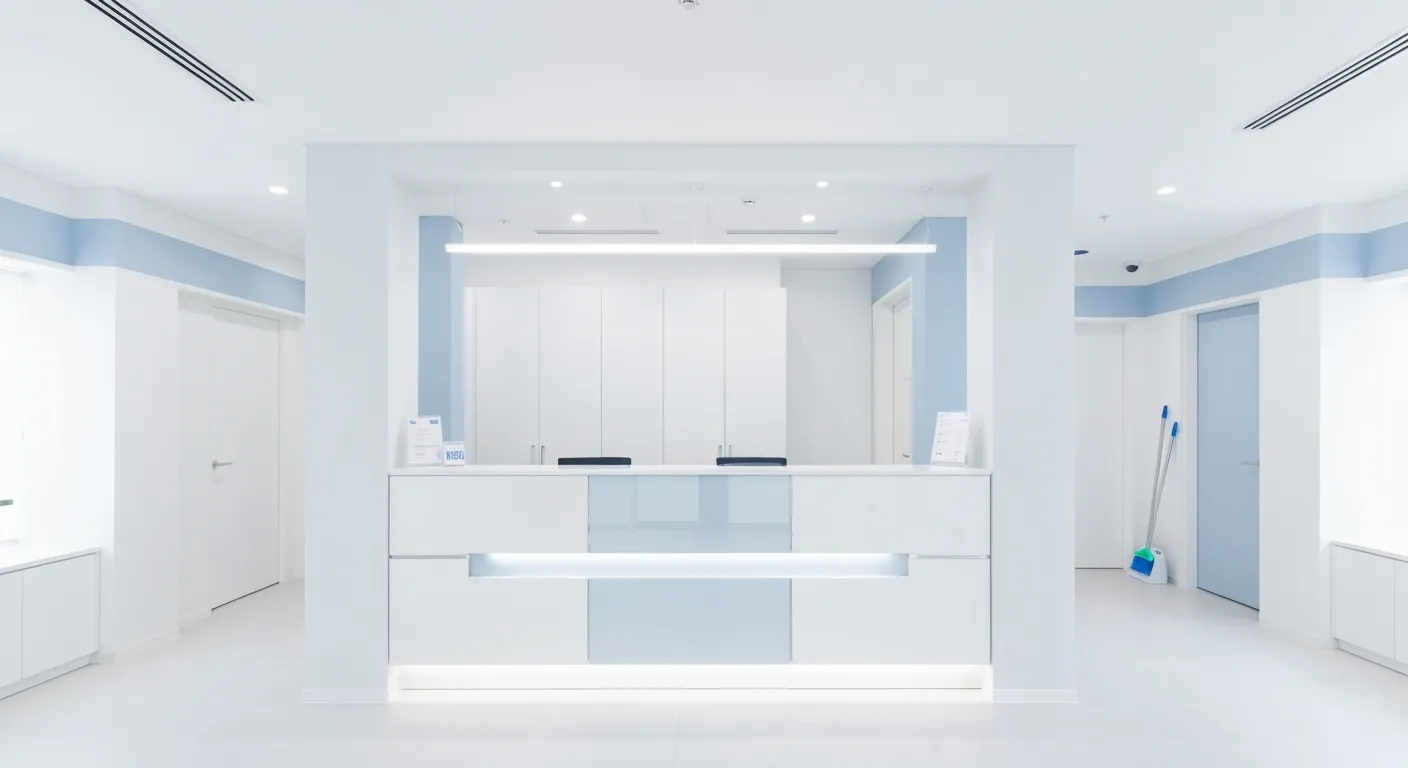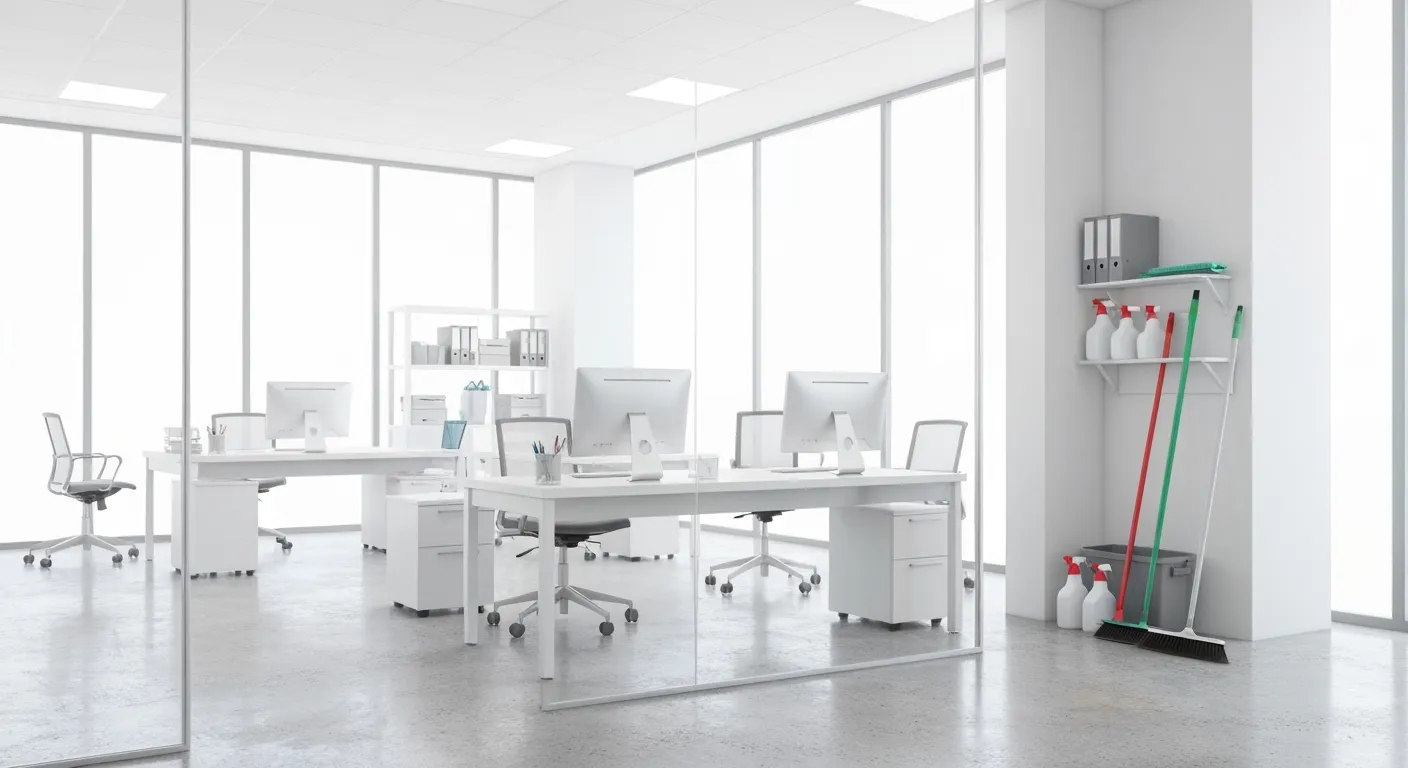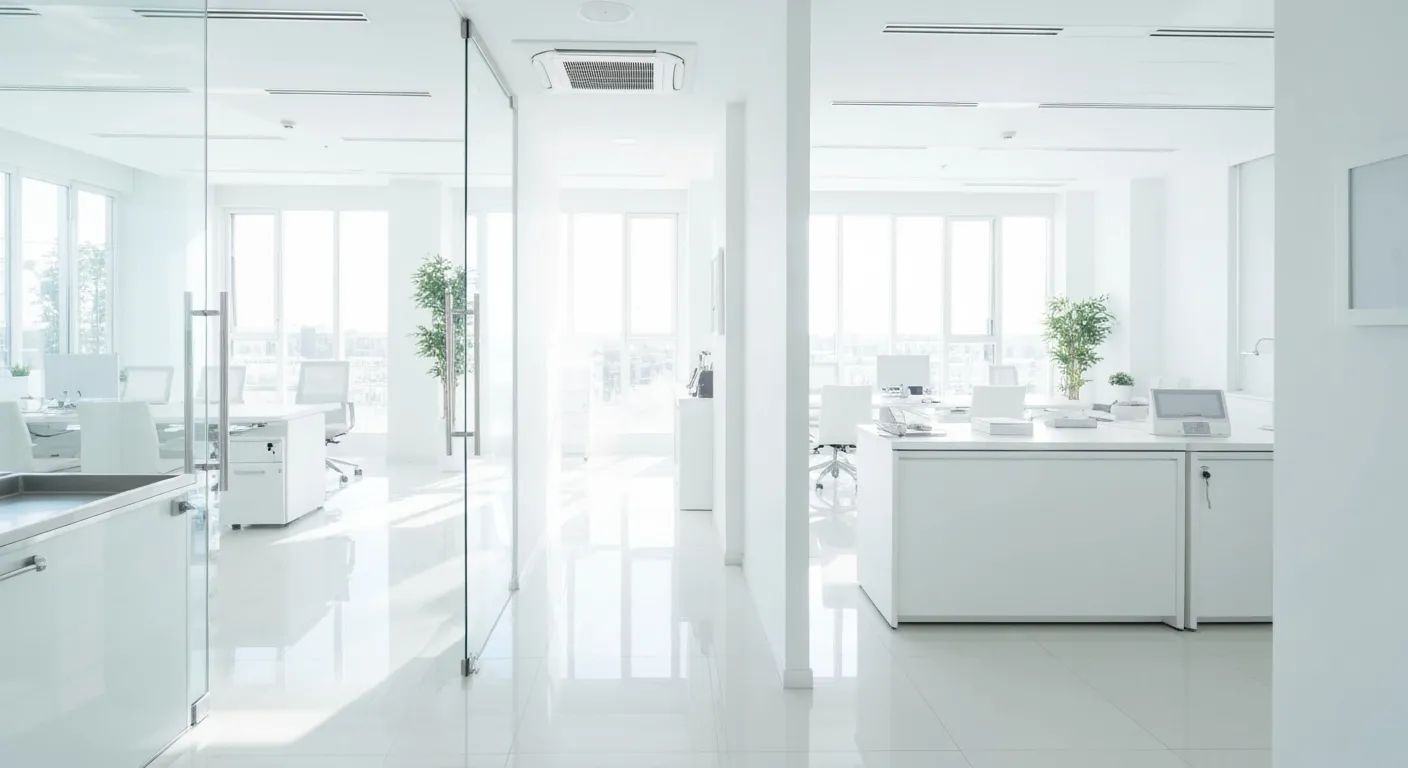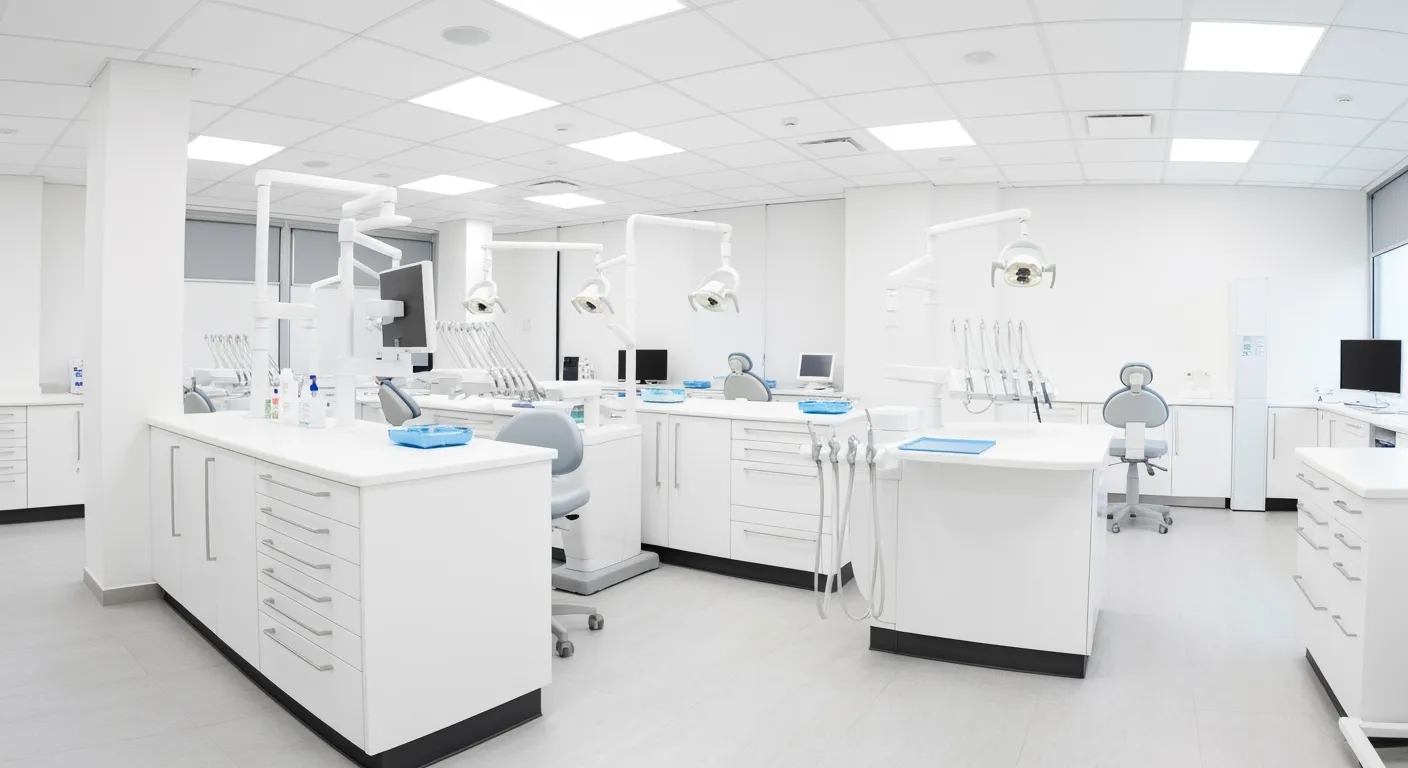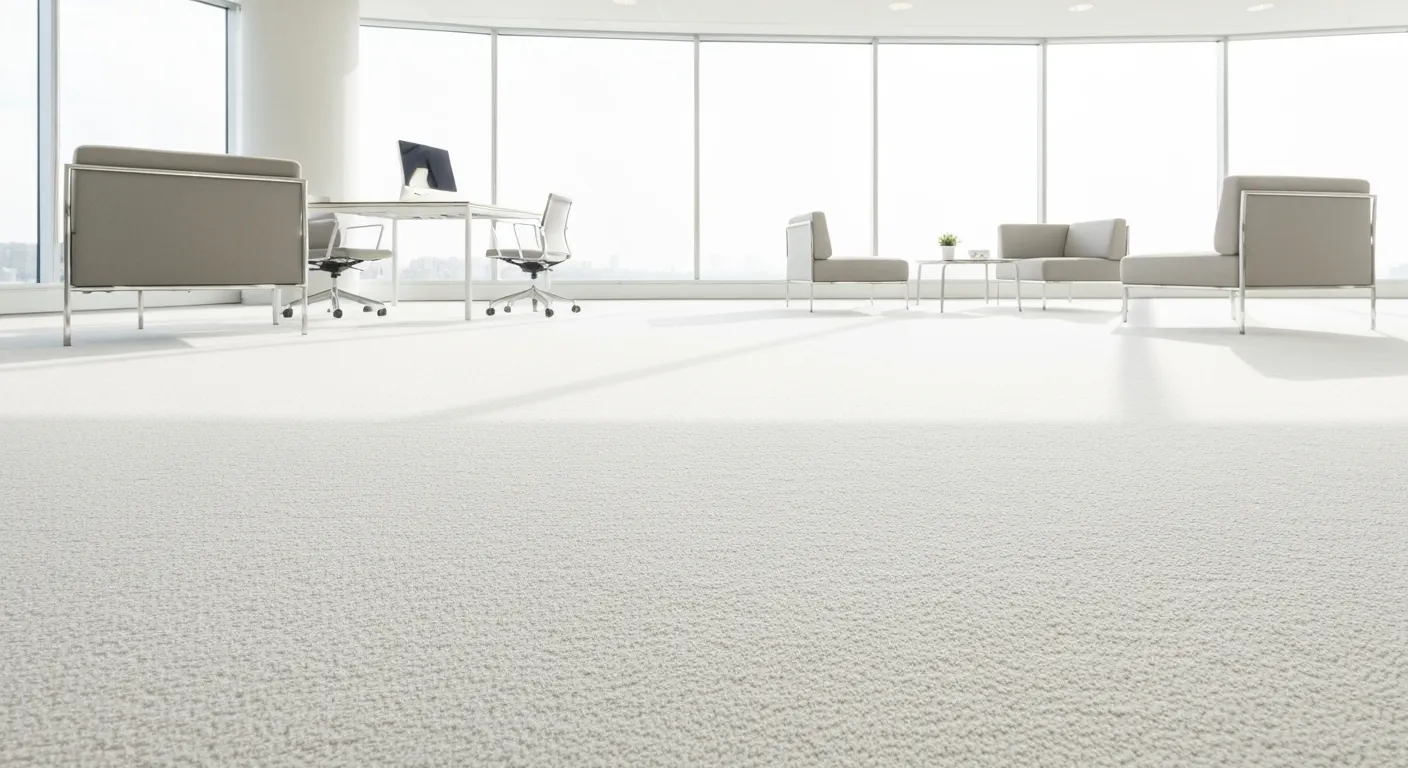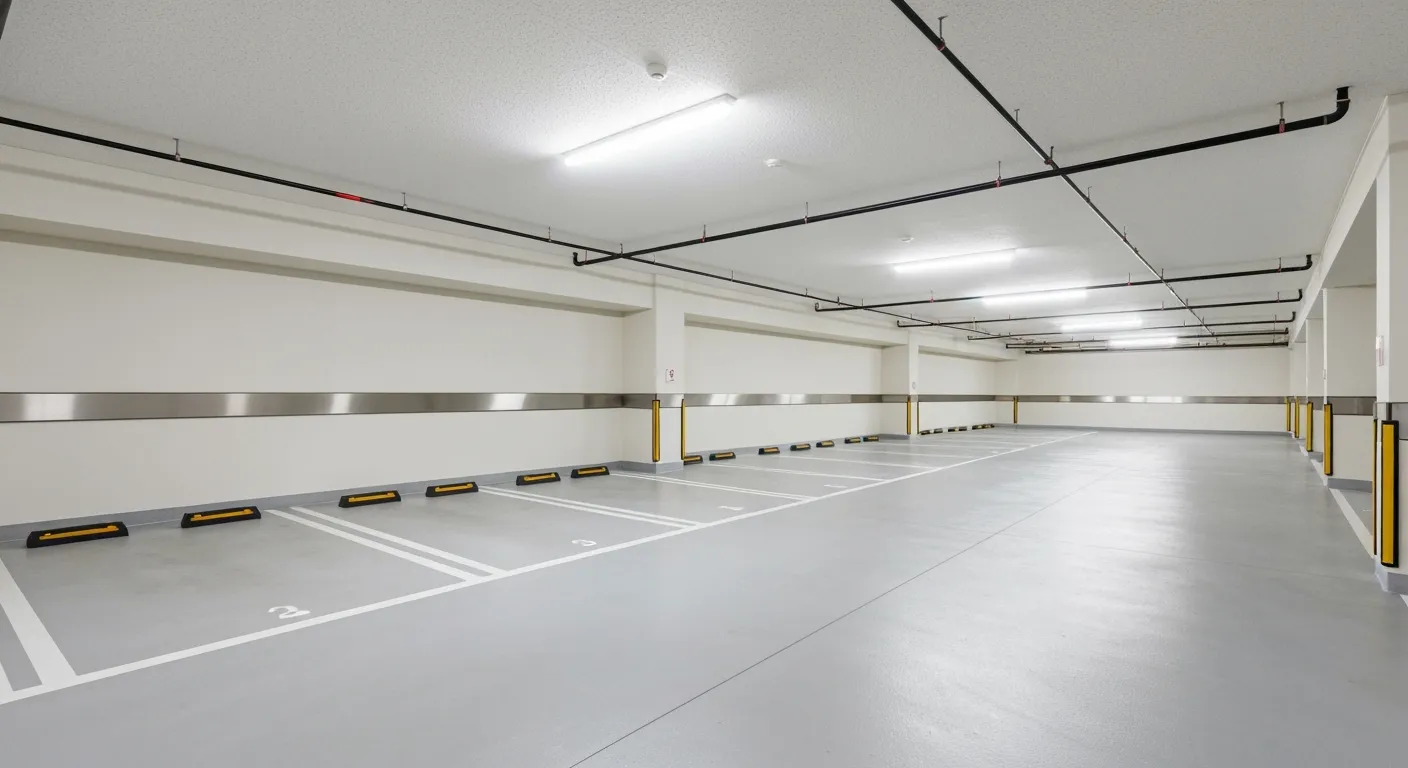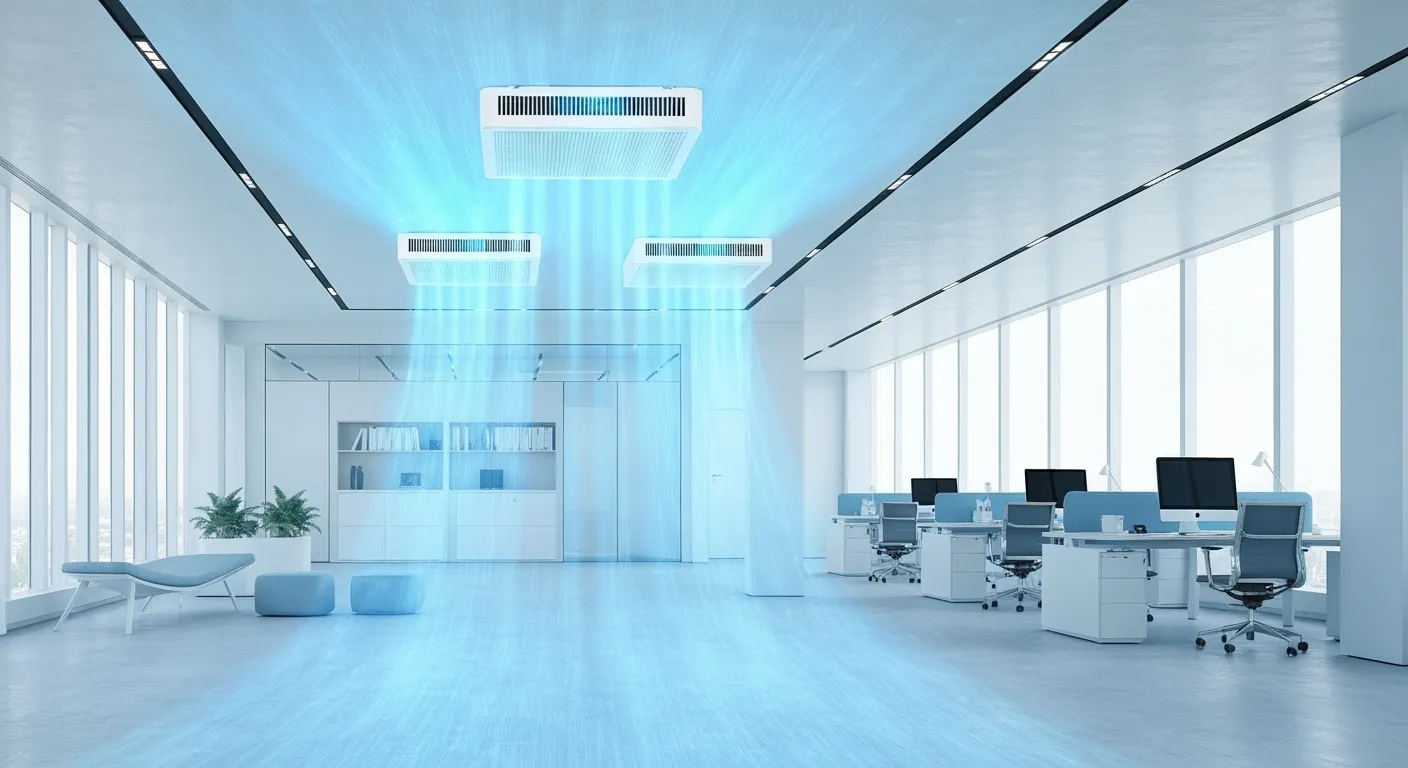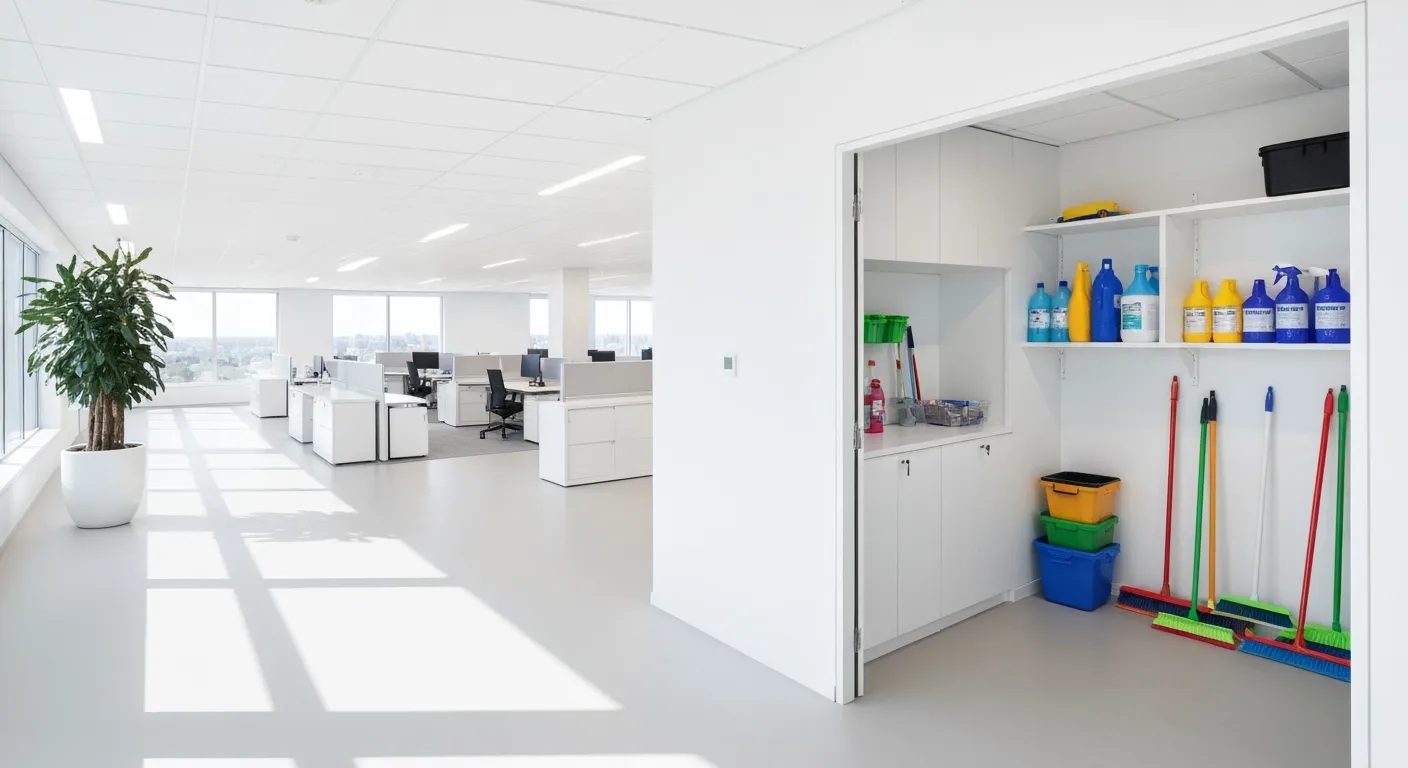The Hidden Health Risks of Dirty Tile and Grout
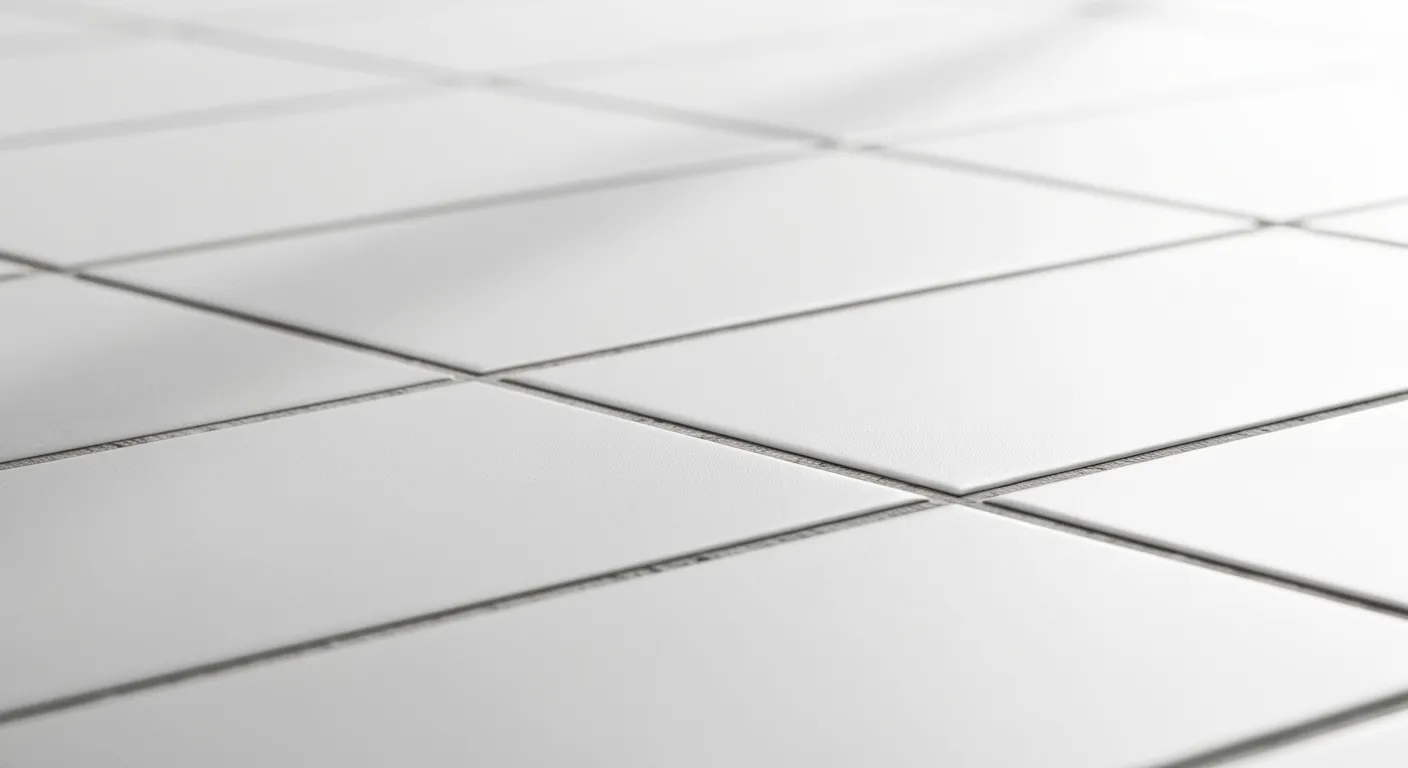
Introduction to Hidden Health Dangers
While tile and grout appear to be purely aesthetic and functional elements in homes, their cleanliness plays a critical role in maintaining a healthy indoor environment. Dirty grout, often overlooked during routine cleaning, can become a breeding ground for harmful microorganisms such as bacteria, mold, fungi, and allergens, posing significant health risks. Understanding these hidden dangers and adopting proper maintenance routines is essential for preventing respiratory issues, infections, and allergic reactions.
Microbial Menace: Bacteria, Mold, and Allergens in Dirty Grout

What health risks are associated with dirty tile and grout, including bacteria, mold, fungi, and germs?
Dirty grout can become a hotbed for harmful microorganisms such as bacteria, mold, and fungi. Bacteria like E. coli, Salmonella, and Staphylococcus can cause gastrointestinal infections, skin issues, and respiratory illnesses when they come into contact with skin or are inhaled through airborne particles. Mold and mildew flourish in damp, dark environments like bathroom grout lines, leading to respiratory problems—especially for those with asthma or allergies—and allergic reactions including sneezing, coughing, and irritated eyes.
Additionally, dust mites and certain fungi that accumulate in dirty grout can worsen allergy and asthma symptoms. The grime and dirt trapped in porous grout also emit unpleasant odors and can create slipping hazards when surfaces become slick. Since contaminants are embedded deep within the porous material, they can significantly reduce indoor air quality by releasing allergens and volatile organic compounds (VOCs). Regular cleaning, sealing, and ensuring good ventilation are crucial to reducing these health risks and maintaining a hygienic living environment. For more detailed information, see Hidden dangers of dirty grout and Health hazards of dirty tile and grout.
Which hazardous bacteria and mold can be found in dirty grout, and how can they cause disease?
In dirty grout, various bacteria pose health dangers. Common culprits include Staphylococcus aureus—which can cause skin infections and boils—Pseudomonas aeruginosa, responsible for dermatitis, and pathogenic bacteria like E. coli and Salmonella, linked to gastrointestinal diseases.
Molds such as Aspergillus, Cladosporium, Penicillium, and toxic black mold (Stachybotrys chartarum) thrive on damp, unclean grout surfaces. These molds produce spores and microbial volatile organic compounds (mVOCs) that can irritate the respiratory system, worsen asthma, and trigger allergic reactions. Prolonged exposure to mold toxins can lead to more severe health issues, including chronic respiratory conditions. Dust mites feeding on debris in grout also promote allergy symptoms and asthma exacerbation. Proper cleaning and moisture control are essential steps to prevent these hazardous microbes from establishing in your home. Detailed information is available at Black mold exposure symptoms and Health risks of dirty grout.
In what ways can unclean grout harbor pathogens and biofilms that lead to infections?
Unclean grout is a perfect environment for bacteria to form biofilms—complex, resistant communities of microorganisms encased within a self-produced matrix. These biofilms firmly adhere to grout surfaces, making them extremely difficult to remove with standard cleaning.
Biofilms protect bacteria from disinfectants, immune defenses, and antibiotics, allowing persistent colonies to survive. The moist environment within grout lines facilitates biofilm development, which can serve as reservoirs for pathogenic bacteria. Contact with contaminated surfaces or inhalation of biofilm particles can lead to skin infections, dermatitis, and other illnesses. Over time, these microbial biofilms increase the risk of recurrent infections and contribute to long-term health issues. Learn more about this at Top tile and grout cleaning mistakes and Hidden dangers of dirty grout.
How is dirty grout related to allergic reactions and respiratory allergies?
Dirty grout often harbors mold, mildew, bacteria, and dust mites, all of which degrade indoor air quality. Mold spores released into the air can trigger allergies, nasal congestion, sneezing, and asthma symptoms.
Bacterial proliferation, including pathogens like E. coli and Salmonella, can cause infections and gastrointestinal discomfort if ingested or if they come into contact with cuts or abrasions. Dust mites, thriving on debris in the grout, can exacerbate allergy symptoms and worsen respiratory conditions.
Regular cleaning, sealing, and maintaining good ventilation help curb microbial buildup. These practices are vital to protecting respiratory health and preventing allergic reactions caused by contaminated grout. Proper hygiene and moisture management are essential strategies to sustain a healthy indoor environment. For additional guidance, visit Dirty grout and indoor air quality and Moisture control for mold prevention.
Impacts of Dirty Grout on Indoor Air Quality and Respiratory Health
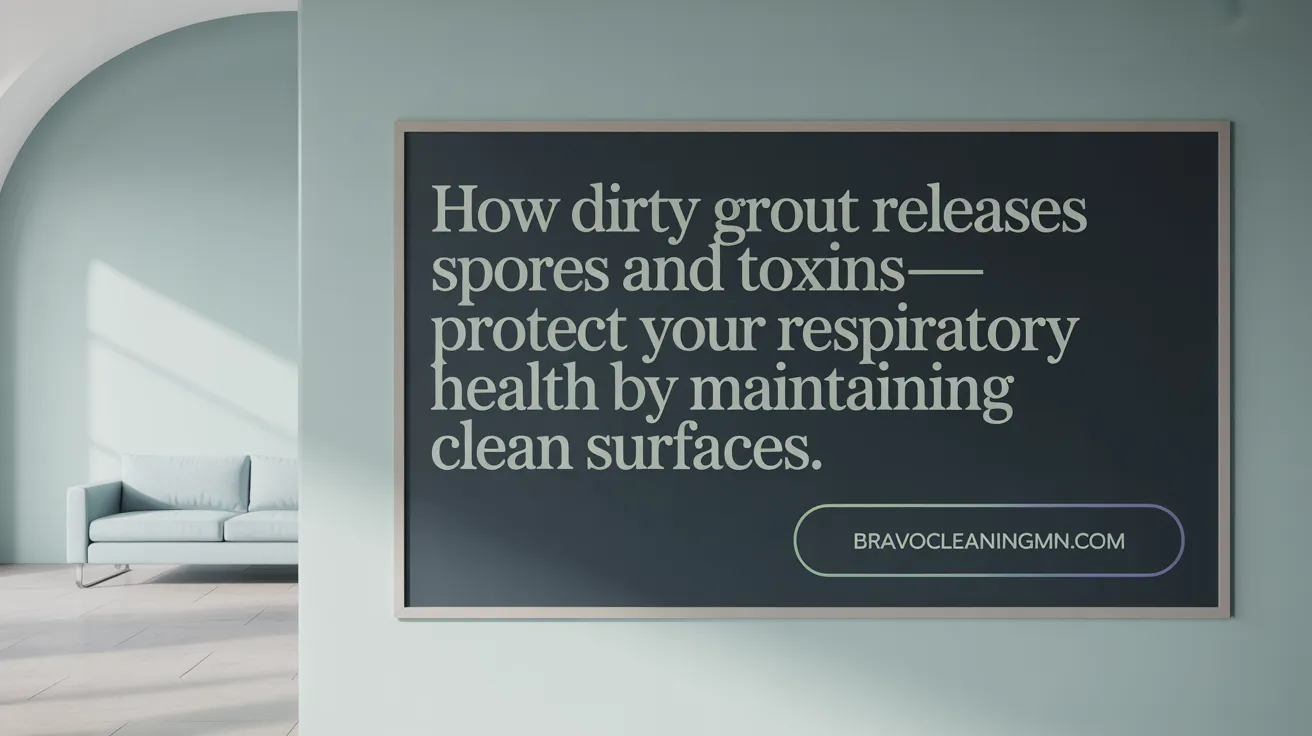
How does dirty grout affect indoor air quality and respiratory health?
Dirty grout significantly impacts indoor air quality by acting as a reservoir for mold, bacteria, dust, and allergens. Its porous structure facilitates the absorption of moisture, dirt, and microbial growth (Porous grout and moisture penetration). When disturbed or degraded, these microorganisms release spores, allergens, and microbial particles into the air. This process can exacerbate respiratory issues such as asthma, allergies, and respiratory infections (Respiratory problems from dirty grout). For vulnerable groups like children, the elderly, or immunocompromised individuals, prolonged exposure can lead to chronic respiratory problems and immune response weakening (Health risks for vulnerable groups).
Regular cleaning, sealing, and professional maintenance help prevent microbial buildup and airborne pollution (Professional grout cleaning and maintenance). Maintaining proper indoor humidity and ventilation further reduces mold growth, supporting better respiratory health (Moisture control to stop mold).
How can mold spores and bacteria from contaminated grout become airborne and affect health?
Mold spores and bacteria residing in contaminated grout can be released into the air when the grout is disturbed during cleaning or repairs (Microorganisms in dirty grout). Moisture and microbial growth in porous grout create a breeding ground that constantly produces spores and bacteria (Mold and mildew growth in grout). Activities like scrubbing or even walking on tiled surfaces can aerosolize these particles, dispersing them throughout the indoor space (Top tile and grout cleaning mistakes).
Once airborne, these microbes are inhaled and may cause health issues such as respiratory infections, allergies, or asthma attacks (Grout-related respiratory infections). Dust, pollen, and dust mites trapped within dirty grout can also become airborne, intensifying respiratory problems (Allergies caused by dirty grout). To minimize these risks, routine cleaning, sealing grout lines, controlling indoor humidity levels, and employing professional grout services are essential strategies (Preventing health hazards from grout).
How are dirty grout and odors connected, and what do these odors indicate about health risks?
Odors emanating from dirty grout are often signs of microbial activity, including mold, mildew, and bacteria growth (Odors caused by grout bacteria). These microorganisms produce volatile organic compounds (VOCs) and other microbial volatile organic compounds (mVOCs), which give off foul smells (Respiratory irritation from mold mVOCs). The presence of odors indicates ongoing microbial proliferation and moisture issues within the grout (Moisture penetration in porous grout).
Such odors are not just nuisances but also warnings of potential health dangers. They suggest that microbial spores and bacteria are present in the environment, which can cause respiratory irritation, allergy symptoms, and worsen asthma (Health impact of dirty grout). Persistent odors point to the need for thorough cleaning, sealing, and moisture control measures to eliminate microbial growth, improve indoor air quality, and reduce health risks (Preventing mold and mildew in grout).
Health Effects of Mold Exposure in Dirty or Water-Damaged Tile Areas
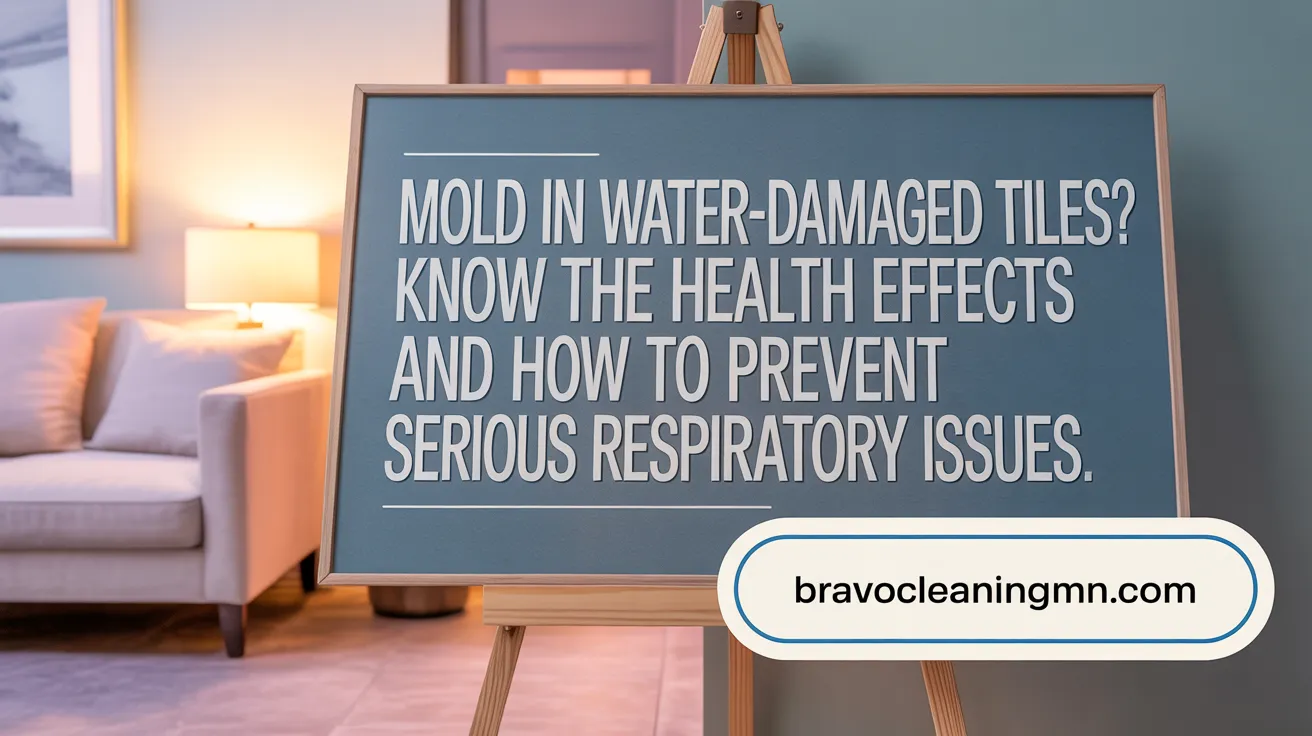
What are the health effects of mold exposure in environments with unclean or water-damaged tiles?
Mold growth on water-damaged tiles and grout creates a serious health risk, especially in damp, poorly ventilated areas. Exposure to mold, including black mold (Stachybotrys chartarum), can lead to a variety of health issues. Common symptoms include respiratory problems like coughing, wheezing, nasal congestion, and asthma flare-ups. People may also experience eye irritation, skin rashes, sore throat, and other allergic reactions. Sensitive individuals and those with compromised immune systems are at greater risk for more severe symptoms, such as lung infections. These health effects are mainly caused by mold spores and mycotoxins that become airborne and are inhaled. For detailed information on black mold exposure symptoms and risks, see this resource.
Long-term exposure to water-damaged environments with unremoved mold can lead to chronic respiratory conditions and exacerbate existing allergies. It is critical to identify and eliminate mold growth by controlling moisture levels, repairing leaks, and thoroughly cleaning affected areas to prevent ongoing health risks. The EPA's guide on mold, moisture, and your home covers essential steps like moisture control and mold cleanup.
How does mold contribute to respiratory problems and other illnesses?
Mold impacts health primarily through spores and microbial volatile organic compounds (mVOCs). When these are inhaled, they irritate the respiratory system, causing symptoms like sneezing, coughing, and nasal congestion. Asthma sufferers may find their symptoms worsen or experience more frequent attacks. Mold spores can trigger allergic reactions in many individuals, leading to itchy eyes, skin rashes, and sore throats. For more on respiratory irritation and allergy symptoms caused by mold, see this resource.
In vulnerable populations, such as infants, the elderly, or immune-compromised persons, mold exposure can cause more serious health issues including fungal infections and prolonged respiratory illnesses. Addressing moisture sources, such as leaks or water intrusion, and removing mold promptly are essential steps in reducing these health threats. For information on professional mold removal and managing black mold allergies, consult this guide.
More Information
For further details on the health impact of mold in water-damaged tiles, searching hidden dangers of dirty grout and health risks and health hazards of dirty tile and grout provides comprehensive insights.
Risks of Neglecting Grout Hygiene and the Role of Professional Cleaning

What are the potential health hazards caused by neglecting grout hygiene?
Neglecting grout hygiene can lead to serious health issues. Unclean grout provides an ideal environment for mold, mildew, bacteria, and allergens to grow. These microorganisms thrive in damp, dark, and porous surfaces, which are common in bathrooms and kitchens (Hidden dangers of dirty grout).
Exposure to mold and bacteria from dirty grout can trigger respiratory problems such as asthma, allergies, and other asthma-related conditions. Mold spores released into the air can irritate sensitive individuals' respiratory systems, leading to symptoms like sneezing, coughing, and nasal congestion (Health risks of dirty grout, Black mold exposure symptoms, Dirty grout and indoor air quality).
In addition, bacteria like E. coli and Salmonella can colonize in unclean grout, increasing the risk of gastrointestinal infections and skin irritations when they come into contact with cuts or abrasions. Dust mites feeding on debris also worsen allergy symptoms (Health hazards of dirty tile and grout, Dirty grout and indoor air quality).
Neglected grout can crack and weaken over time, allowing water to seep behind tiles. This can cause hidden water damage, structural deterioration, and even mold growth in concealed areas, further compromising indoor air quality and leading to costly repairs (Impact of dirty grout on tile structure, Moisture penetration in porous grout, Water damage behind tiles).
Why is regular cleaning and maintenance of tile and grout important to prevent health issues?
Regular cleaning removes dirt, spills, and grime that accumulate on tile surfaces and within grout lines, reducing the breeding grounds for harmful microbes. Deep cleaning with specialized equipment can eliminate embedded mold, bacteria, and allergens that traditional household cleaning methods might miss (Benefits of professional deep tile cleaning, Regular grout cleaning benefits).
Keeping grout sealed and free of stains not only preserves the tile's visual appeal but also creates a protective barrier against moisture infiltration—crucial in humid environments (Sealing grout to prevent microbes, Grout color sealing benefits). Consistent maintenance helps prevent microbial buildup, significantly cutting down health risks such as respiratory infections, allergic reactions, and gastrointestinal illnesses (Preventing health hazards from grout).
In particular, professional cleaning methods like steam cleaning or high-pressure washing ensure thorough sanitation, improving indoor air quality and creating a safer home environment. Regular upkeep also extends the lifespan of tiles and grout, saving money on future repairs (Professional grout cleaning and maintenance, Extending tile lifespan with cleaning).
What is the role of professional cleaning in mitigating health risks caused by dirty tile and grout?
Professional cleaning is essential for completely removing harmful microbes that regular household cleaning might leave behind. Advanced techniques such as steam cleaning and powerful pressure washing can eliminate stubborn mold, mildew, and bacterial biofilms embedded within porous grout lines (Professional grout cleaning services, Benefits of professional grout cleaning).
These methods not only enhance sanitation but also improve indoor air quality by removing airborne spores and irritants. Professionals can reach deep into grout lines to extract dirt and microbes that cause odors and health issues. They can also apply sealants afterward to prevent future staining and microbial growth (Sealing and recaulking grout, Professional black mold removal).
Additionally, professional cleaning ensures the longevity of tiles and grout, preventing damage caused by neglect or improper DIY methods. By investing in professional services, homeowners reduce health risks, improve overall hygiene, and preserve their property’s value—making their living spaces safer and healthier for everyone (Restoring health safety with tile cleaning, Reducing disease risk with grout care).
Environmental and Structural Concerns Linked to Dirty Grout

What environmental health concerns should be understood and addressed related to dirty grout?
Dirty grout raises significant environmental health issues primarily due to its porous nature. It easily absorbs dirt, moisture, and spills, creating an ideal environment for harmful microorganisms such as bacteria—including E. coli and Salmonella—as well as mold, mildew, and dust mites. These microbes can become airborne, especially when disturbed during cleaning, and pose serious health risks (Hidden dangers of dirty grout, Health hazards of dirty tile and grout).
The presence of mold and mildew in grout contributes to poor indoor air quality by releasing spores and microbial volatile organic compounds (mVOCs). These substances can trigger allergies, asthma, coughs, and other respiratory problems, particularly affecting vulnerable groups like children, the elderly, and those with pre-existing conditions (Health risks of dirty grout, Black mold exposure symptoms, Dirty grout and indoor air quality).
In addition, bacteria thriving in damp grout can cause infections and unpleasant odors that further compromise air quality. The build-up of microbial biofilms can lead to persistent contamination, increasing risks of irritation and long-term health issues such as chronic respiratory or allergic conditions (Bacteria found in dirty grout, Top tile and grout cleaning mistakes).
Moist, unsealed grout can also deteriorate, releasing toxins and deteriorating environmental quality. Some grout materials, like cement-based or epoxy, may contain substances such as silica or additives that can pose additional health risks if not properly managed (Porous grout and moisture penetration, Using a dirty mop spreads bacteria).
Addressing these concerns involves regular cleaning, sealing to reduce porosity, and the use of environmentally friendly, antimicrobial grout products. Proper maintenance not only keeps surfaces looking clean but also safeguards indoor air quality and reduces health hazards associated with microbial growth (Professional grout cleaning and maintenance, Sealing and recaulking grout, Benefits of professional grout cleaning, Grout maintenance tips).
Conclusion: Protecting Health Through Grout Hygiene
Dirty tile and grout are far more than cosmetic concerns—they are critical factors influencing indoor air quality and overall health. Contaminants such as bacteria, mold, mildew, and allergens thrive in neglected grout, posing serious respiratory, allergic, and infectious risks. The porous nature of grout makes it particularly susceptible to moisture absorption, microbial growth, and biofilm formation, which can spread pathogens and degrade living environments. Regular cleaning, professional maintenance, sealing, and moisture control are essential measures to safeguard both the physical integrity of tiled surfaces and the health of inhabitants. Recognizing the hidden health risks of dirty grout encourages proactive hygiene practices, ensuring healthier homes and improved quality of life.


